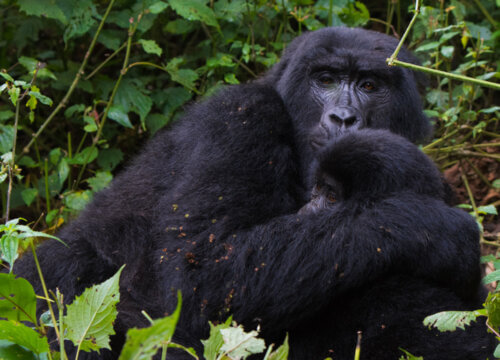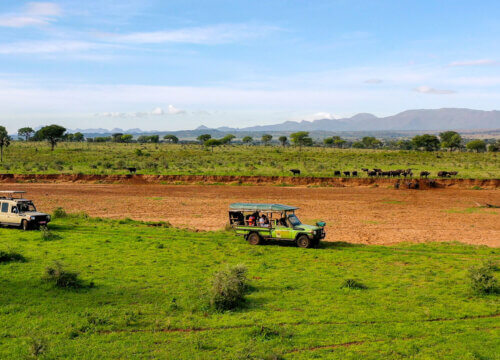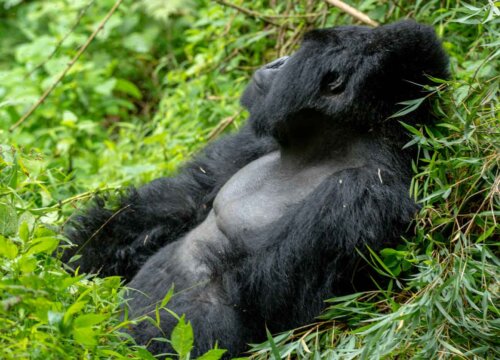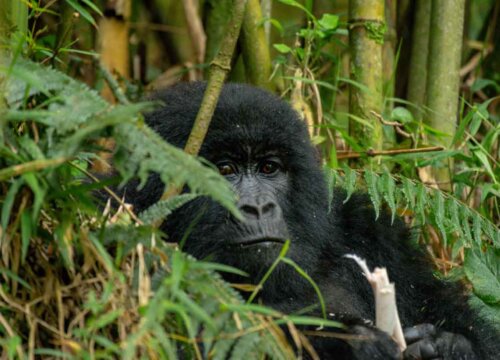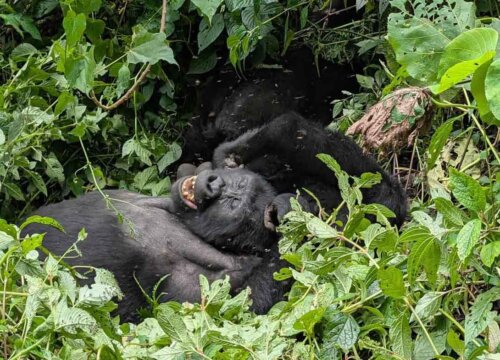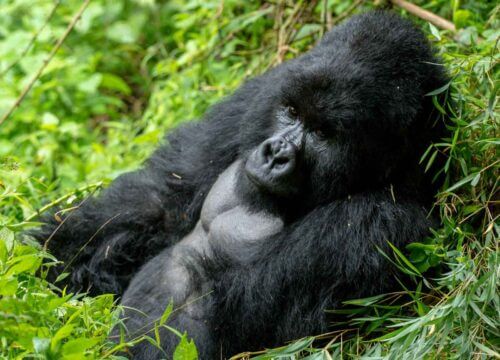Nile River, the longest river in the world
Nile River, the longest river in the world
The Nile, often referred to as the longest river in the world, is a renowned and ancient important waterway that has shaped human development and the cultures of northeast Africa for millennia. Stretching some 6,650 kilometers (4,130 miles), the Nile runs through 11 countries, making it a lifesaver for millions of people and an essential resource for the area’s ecosystems.
The longest river in the world has two main tributaries. The White Nile originates from Lake Victoria, passing through Uganda, South Sudan, and joining the Blue Nile in Sudan and The Blue Nile, which originates from Lake Tana in Ethiopia, contributing the majority of the water flow and sediment to the Nile. It flows through 11 countries, namely; Burundi, Rwanda, Uganda, Tanzania, Kenya, the Democratic Republic of the Congo, South Sudan, Sudan, Ethiopia, Eritrea, and Egypt. Its mouth flows into the Mediterranean Sea, forming a large and fertile delta in northern Egypt.
The Nile was the driving force of the ancient Egyptian civilization. Its annual floods deposit nutrient-rich mud on its banks, which allows agriculture in this arid region. This allowed one of the oldest and most powerful civilizations in the world to flourish. It was the center of ancient Egyptian religion and mythology. He was personified by the god Hapi, revered for his virtues of life. The Nile also played a crucial role in trade, connecting Egypt with other regions of Africa and the Mediterranean.
Explorer More Safaris
- 14-Days Uganda Safari Gorilla Chimpanzees and Wildlife
- 12 Days Gorillas and Chimpanzees Wildlife Safari
- 10 days best of uganda primates & wildlife safari
- 6 Days Gorillas and Chimpanzee Trekking Safari
- 3 Day Bwindi Gorilla Trekking Safari
- 4 Day Uganda Gorilla Trekking and Wildlife Safari
- 4 Days Gorilla Trekking and Adventure Safari
- 5 Days Uganda Gorillas and Chimpanzee Tracking Safari
- 4-Day Rwanda Gorilla Trekking and Golden Monkey Tracking Safari
- 5 Day Gorilla Habituation and Chimp Trekking
- 4-Day Uganda & Rwanda Gorilla Trekking Tour
- 3 Days Bwindi Gorilla Trekking Ugnada from Rwanda
- 10 Days Uganda Primates and Game Safari

